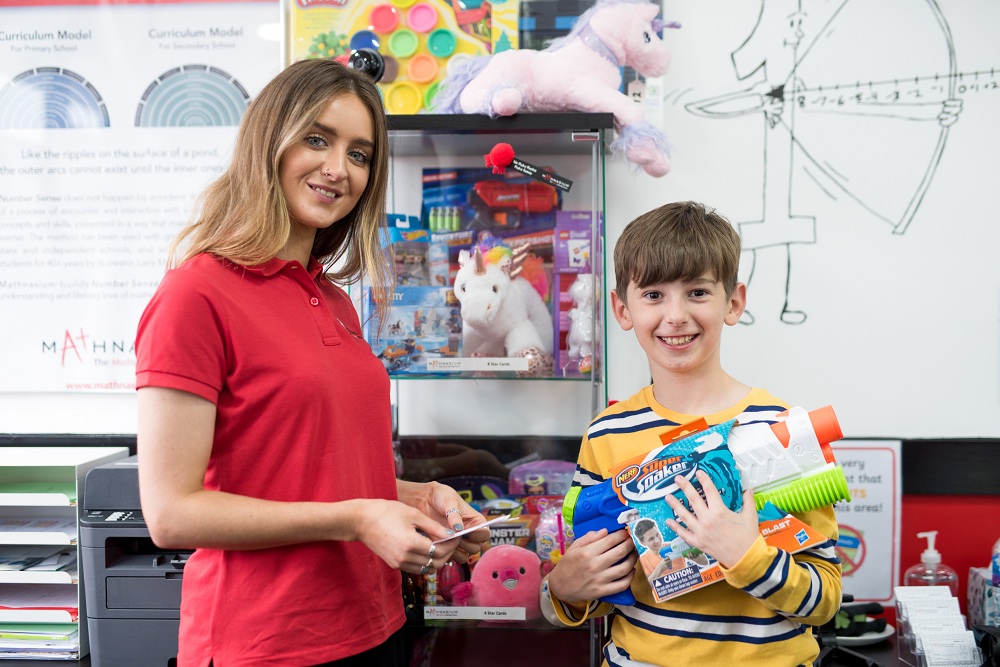When it comes to science, technology, engineering and mathematics, there is so much to discover. However, sometimes these subjects are not always taught in a way that fosters intrigue. Kids often face a lack of confidence or a loss of confidence when they face subjects like maths, which can initially seem intimidating. Building confidence should be a critical component of teaching STEM subjects.
Here are some ways you can spark interest in STEM, and in particular maths, into your every-day life.
In the kitchen
Having kids involved in the kitchen is fantastic on many fronts. For example, not only do you get them interested in where their food comes from and how it is made, but it can also be a lesson in maths and chemistry. For instance, reading a recipe and understanding why we are using certain ingredients, counting out vegetables required, measuring liquids and using fractions such as quarters and cups. Involving them from the process of choosing a recipe, to shopping for it, reading the steps and understanding why we do things at certain point helps kids to understand the why. Kids are curious creatures so when we can show them the answer they are more likely to retain the knowledge. Kids may become disengaged when you tell them when to add ingredients or ask them to stir. Often the recipe will tell you why, so using the cookbook as a resource will also be helpful.
Pocket money
If you need things done around the house and your kids are looking for some loose change to buy something they desperately want, this is a good lesson in saving and negotiating. Two birds one stone. For instance, creating a monthly chart of chores with pocket money prices attached to them gives kids the choice in jobs. Once completed, a section of the chart can be devoted to earnings. The same section can also be used for deductions in bad behaviour. For older children, teaching them to use an excel template will also help to build the basics in managing finances.
Workshops
If you find it difficult to carry out these tasks, there are also educators such as Mathnasium, who are trained to teach mathematics effectively. Educators personalise learning based on each child’s ability. Their focus is based on removing the barriers to understanding math and presenting it in a way that is visual, verbal, tactile, written and mental. For example, rather than asking a child what 99 + 99 + 99 =, ask what 100 + 100 + 100 – 3 =. This is a much easier and simpler way to reach the answer.
Another example is using touch, such as coins, dice and cards to determine probability. Or, changing the way an equation is asked. For example, when teaching percentages. Breaking down the word per CENT is like asking “for each 100”. If being asked 7% of 300. Break down the equation into 100s. So, 7 for the first 100, 7 for the second and 7 for the third. Adding 7 + 7 + 7 = 21.
Reframing how you teach maths helps to build confidence, which evidence has shown leads to feeling empowered. If we can outsource professionals to help rebuild self-assurance, we are closer to encouraging kids to choose and enjoy STEM subjects.
In the Car
If you are planning a road trip, you can integrate maths into the drive using the distance to the destination and the time it will take to get there. This will come in handy when kids ask, “are we there yet”. For instance, start with a speed of 60 km/h and a destination that says is 30km away. Very simply, how long will it take to get to your destination? Once kids have mastered smaller distances at slower speeds, you can advance to higher speeds and longer distances. You can tell them that this will be a handy skill that will help later in life when they have a driver’s licence.








